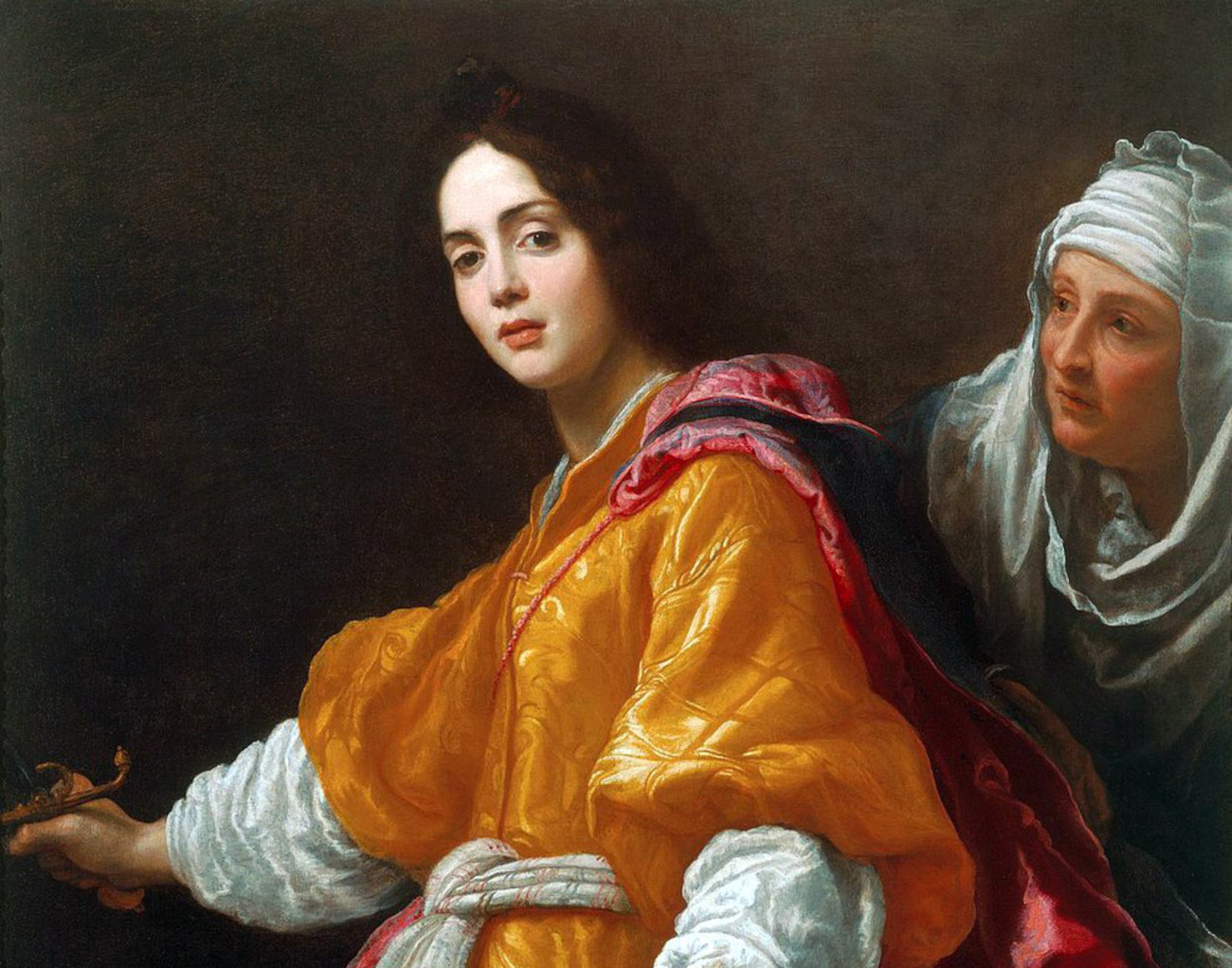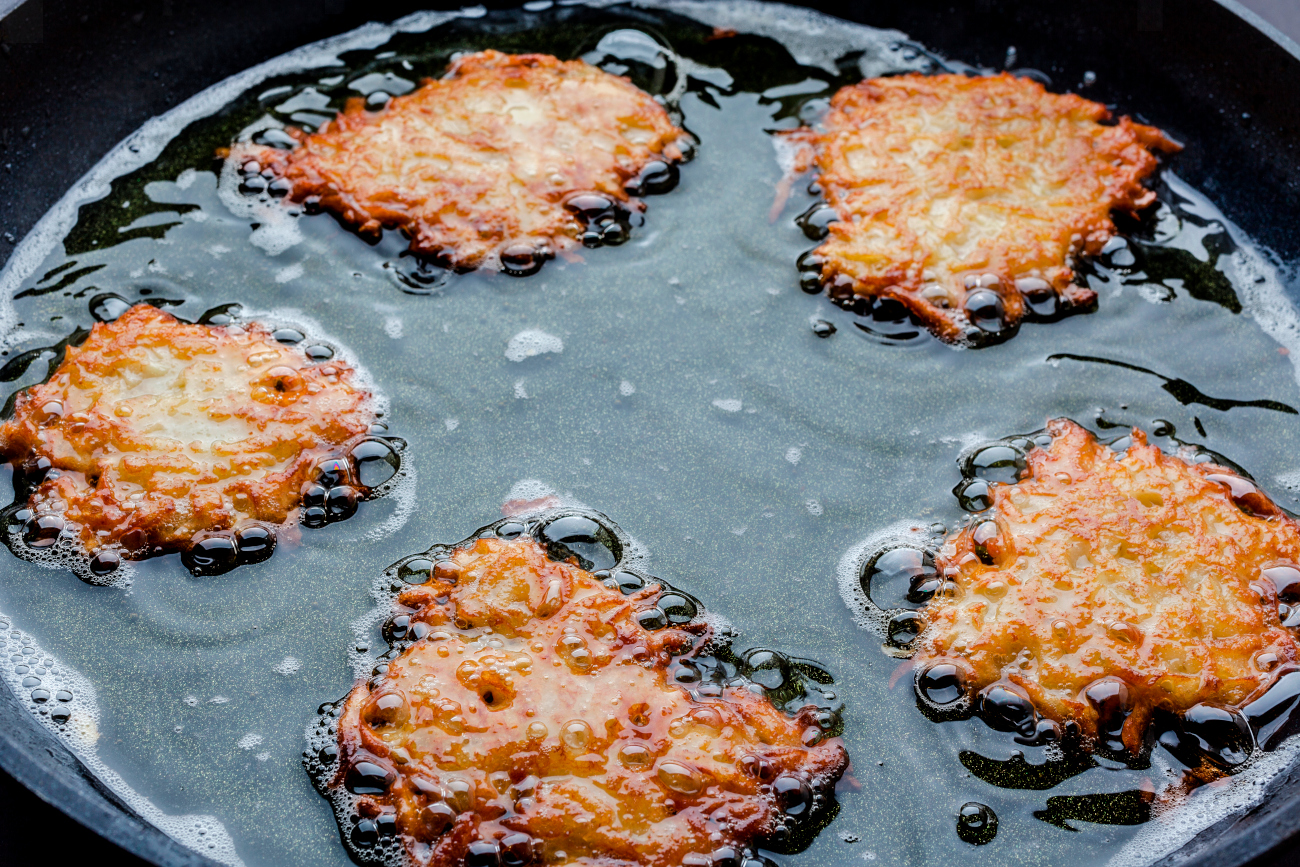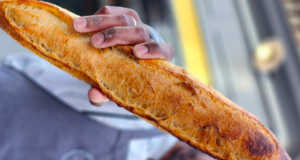Crispy on the outside and slightly soft and creamy on the inside, the potato pancake (latke) is something that is the food of Hanukkah’s season. Associated with the Festival of Lights, Hanukkah, the immediate connection with the miracle oil and fried carbs is an easy rationale, but upon closer look, how is this food connected with an ancient story of dedication? The deep connection between latkes and Hanukkah weakens, especially when you look at potato latkes, which couldn’t have been a thing until Europeans brought back potatoes from the New World in the 16th century. So just how did this spud-made pancake come to be the it-food of the holiday season, and why did it become so popular?

Hanukkah is an old story that can go two ways. One origin story of Hanukkah describes the Jewish Macabeean revolt under Greek rule and the dedication to keep the temple lights burning, even without proper stores of oil.

The other story is in the Book of Judith, where a beautiful widow named Judith stops a siege of an Assyrian army by going to the tent of the opposing general, Holofernes, serving him salty cheese and copious amounts of wine and then chopping his head off. Returning to her city, Bethulia, with the general’s head, gave the city negotiating courage to confront the now dismayed Assyrian army and ultimately end the siege. Yet neither of these stories mention food or traditions, aside from maybe the salty cheese. A 1950s cookbook said that potato latkes were made by soldiers’ wives as quick fuel before they went to battle. But a 165 BCE soldier wouldn’t have known what to do with a potato, let alone eat it.

Up until the 14th century, Hanukkah was an epic without a lot of traditions to associate with the holiday until an Italian document latkes (specifically for the holiday) appears. 14th-century Italian poet Kalonymus ben Kalonymus mentions latkes in his poem as a food to be eaten on Hanukkah (and Purim). Yet these are not the latkes we’re used to today. The latkes of the 14th century were pancakes fried in olive oil. Later documentation mentions that these pancakes are ricotta-based (sort of a tip of the hat to the cheese in Judith’s story). This dairy-only product was in line with the kosher parameters of the Ashkenazic (or Eastern European) Jews, who would also serve other dairy dishes like cheesecake, sweet kugel, and cheese dumplings for the holiday. Sephardic (Mediterranean and Middle Eastern) Jews had a similar cheese pancake called a cassola or a mufleta, but these were not eaten during Hanukkah.
However, the potato pancake was not confined to one specific community. After the French pharmacist Antoine-Augustin Parmentier’s successful promotion of potatoes in Western Europe (and countries approving their edibility), the potato hit the culinary scene. From the late 18th century onward, potato-based recipes in Western Europe proliferated. In the Germanic regions, there was kartoffelpuffer, in France there was pommes darphin, in Spain there was tortillas de papatas, and in the Netherlands, there was riefkook, all of which made the potato center stage. Yet this inclusion of the spud didn’t spread past Western Europe.

Up until the mid-19th century, the cheese and buckwheat pancake was the star of the southern and eastern regions of Europe, as potatoes were still viewed as potentially poisonous. The cheese pancake Hanukkah tradition continued well in southern and eastern Europe for several centuries until a crop failure of wheat of the 1850s hit Eastern Europe and czarist Russian regions. Before the mid-19th century, potatoes were viewed in that region as an unhealthy deadly food, served only to prisoners. Attempts in the 18th century to cultivate the potato had been unsuccessful.

However under Tsar Nikolai I, potato cultivation was forced on the peasant population, and with this mandated growing and eating of potatoes came the adaptation of the cheese pancake into becoming the potato latke. The potato lake’s staying power and popularity were driven by necessity and ease of growing. you couldn’t always have wheat and cheese, but you could always have a potato.

Potato latkes got even more exposure as they traveled with Eastern European Jewish immigrants starting in 1881 to the US. And while other Jewish communities didn’t make latkes, once in the US, a lot of these other communities adopted the culinary practice.
If you look through recipes for latkes in the US, you’ll find that they vary in ingredients, shapes, and sizes, and it was intentional to some degree. In the US, latke parties became a socializing event for people to gather during the holiday season. Everyone was required to bring a batch of latkes, so having a variety of shapes and flavors made it a more interesting (and delicious) social gathering.
Nowadays the once cheese and flour based pancake has been permanently replaced by a crispy, potato counterpart. Which of the two versions would you like to have a taste of?













